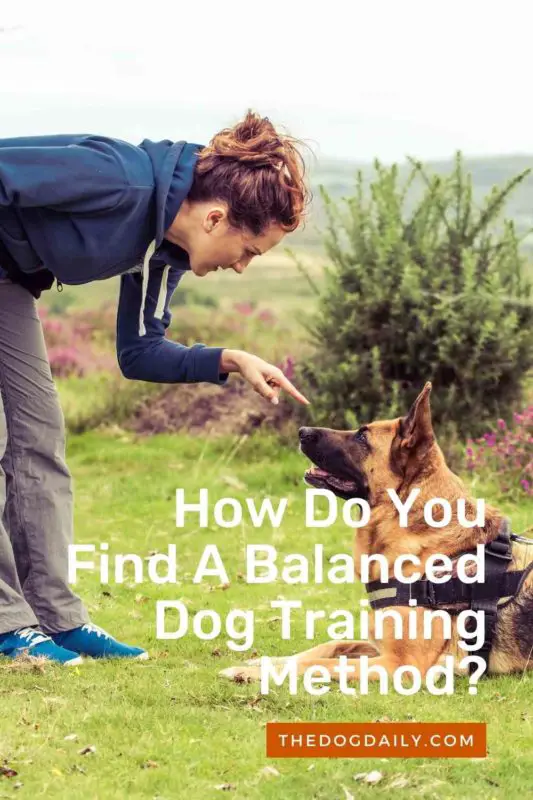How Do Dogs Naturally Correct Bad Behavior?
Dax is my nine-year-old female Australian Shepherd. She is very dominant and cuts Riker, my four-year-old Aussie, absolutely no slack. This morning, he felt a little brave, so he tried to sneak one of her favorite toys away from her. With his front teeth, he grabbed it gently by the end and slowly pulled it. Dax growled–a deep, throaty growl–and lifted her top lips enough to show a big canine tooth. Riker dropped the toy and walked away.
Dax’s communication skills were superb! She didn’t get overly excited, nor did she bounce around and yell. She was calm yet expressed her displeasure to Riker in no uncertain terms. Her growl and showing of a tooth was a simple yet effective correction that stopped his unwanted behavior. It was excellent dog training.
Positive-Only Dog Training Techniques
Many dog trainers have decided to use only positive training techniques. By helping the dog do what is asked and then rewarding that behavior, they hope unwanted behaviors will disappear. With some dogs, this training can be very effective, and many owners are thrilled to keep the training process so positive.
Unfortunately, some dogs find their bad behavior self-rewarding, and a positive training technique can then be challenging to implement. For example, one of my dogs years ago discovered that trashcans have food in them. Since she was very motivated by food, this was a significant discovery for her. I tried to prevent her access to the trash and rewarded her liberally when she ignored the cans, but that wasn’t enough. Whenever she got into the garbage, there was a tasty “reward” waiting for her. With Ursa, I also had to use the word “no!” when she tried to raid the trash.
Using “No” Wisely With Your Dog
Owners can use mild corrections–including verbal corrections such as “no” — with most dogs without harming. When Dax corrected Riker for trying to steal her toy, he stopped his behavior, and Dax’s correction stopped at the same instant. The correction was over, and she didn’t hold a grudge. And he bounced back quickly; a few minutes later, they were playing together (although not with that particular toy). Dax’s correction was just firm enough to stop the behavior, and then it was over with no damage to Riker’s psyche or emotional health.
Dog owners can use a verbal correction such as “no” in the same way as dogs do. A quick, sharp “no!” given right as the dog is making a mistake can be very useful. If we use Ursa’s fascination with trashcans as an example, I would watch her walk up to the trash. If she walked past it without sniffing, I praised her, “Good girl!” My praise was in a higher tone of voice than my normal speaking voice; I sounded pleased she made the right choice. However, if she stopped to sniff the can, I corrected her as she sniffed, “No, leave it alone!” I didn’t yell; my voice was deep, growly, and no-nonsense.
Finding a Balance In Dog Training
Positive-only training techniques are prevalent right now and can be the right technique for many dogs and dog owners. Although I try to keep my training very positive, I don’t believe the word “no” is a dirty word. My dogs are happy, healthy, well adjusted, and obedient. Using the word “no” in an effective, appropriate, and timely manner has not scarred or harmed them. Also, in some instances, it has kept them safe from harm. We recently came across some trash that someone had not picked up recently on a walk, including chicken bones. As Riker reached to grab some, I told him, “No! Leave it alone!” and he closed his mouth before grabbing a mouthful of bones. I then, of course, praised him liberally for listening to me!
The choice of training method is up to you. You know yourself and your dog better than anyone else, and you must find a balance that you can live with. Emphasizing the positive is essential to almost all training techniques today, but can you live with a positive-only approach? Can it teach your dog everything you want him to know? If that’s what you want, find a trainer in your area who can help you implement that. Ensure you know what to do if your dog does something you don’t want it to do again. If you decide you would like to use some mild corrections, find a trainer who will help you find a balance between positive techniques and just enough discipline to accomplish your goals.
Article written by Author: Liz Palika

